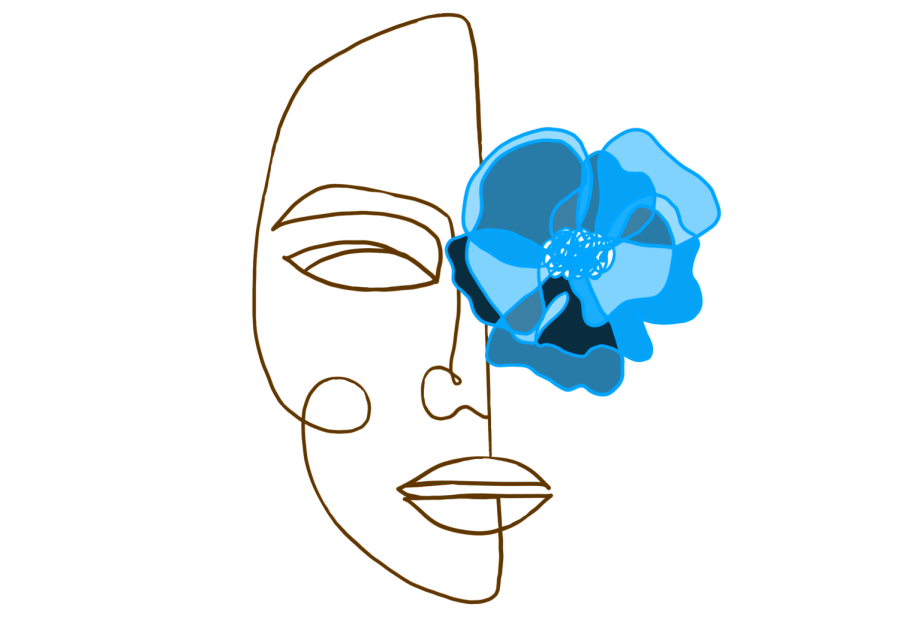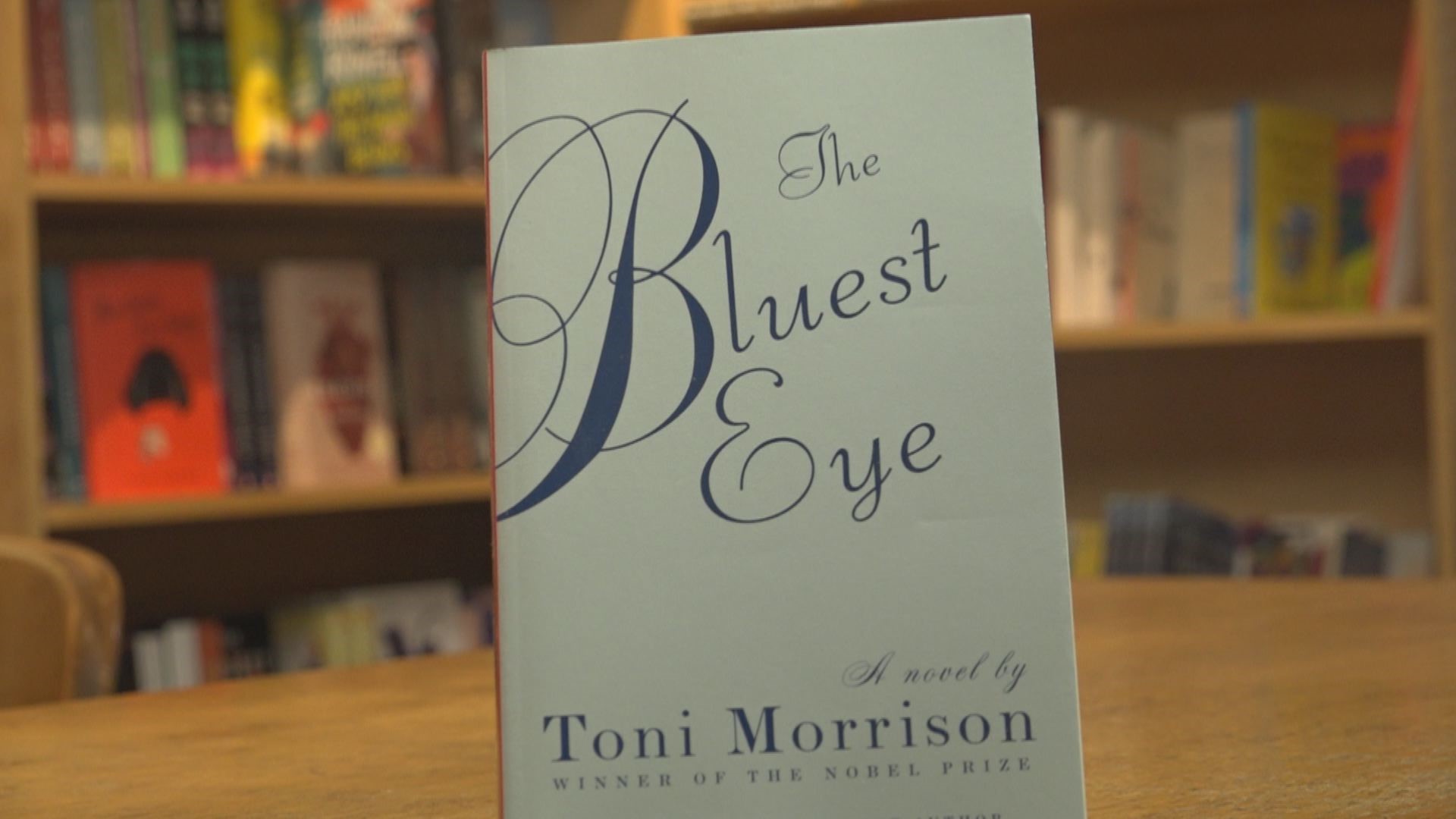By Maria Vrachneli,
With the presentation of the damaging effects of society’s imposed beauty standards and their racist, alienating extensions on “the most delicate member of society: a child” and “the most vulnerable member of society: a female”, as Morrison herself has highlighted, ‘The Bluest Eye’ breaks the myth of childhood, race, class, and gender, the tenderness of motherly love and the unity within a community, through two very closely related characters, Pauline and Pecola.
As a black woman, deriving from an underprivileged financial background, Pauline grows up in a familial and social environment that suggested her insignificant existence. Markedly, as the critic Debra T. Werrlein argues “Pauline grows up in a “cocoon” where she develops a “general feeling of separateness and unworthiness” (88)”. When she loses her tooth while imitating a white female actress, in her early years of adulthood, Pauline displays her complete submission to the white standards of society that embraces only one type of beauty, excluding and segregating all the other people that do not fit that socially constructured ideal, as it is implied through the narrative with the phrase: “But even before the little brown speck…allow it to exist in the first place.”. Since Pauline could not acknowledge any form of beauty existent in her, she interprets the fallen tooth as another sign of her appalling appearance. When she has a family a few years later, she cannot help but “see her own ugliness reflected on her offspring”, Pecola, as it has been suggested by the critic Debra T. Werrlein. In this aspect, Pecola’s existence was already doomed under her mother’s desire for an unattainable whiteness as she projected her own anxieties of color onto her child. With an upbringing based on Pauline’s deeply rooted white beauty standards and incapability of being truly affectionate towards her daughter, Pecola grew up having an equivalent need of obtaining something unattainable- a pair of blue eyes.

Under society’s oppressive standards, an outside white gaze, that primarily molded both characters’ minds, Pauline and Pecola have the ability to define themselves only through racial self-loathing. They both felt invisible and insignificant whenever the white gaze would not confirm their existence and felt haunted by a predetermined ugliness whenever someone would look at them judgmentally with despise. As a coping mechanism to the hardships and their trauma of color, they found refuge in different environments that included and projected their desire. On the one hand, Pauline found refuge in the whiteness as she puts herself in the service of a white family, diverting the affection of her children to the children of the Fishers’. Markedly, as the critic Debra T. Werrlein argues: “having learned that a white family’s servant wields…working as a domestic for the Fishers.” On the other hand, Pecola having been abused physically and mentally by both the familial and social worlds, she finds refuge in her own deceptive self-image. With the creation of a sense of self that verifies the blue eyes only Pecola has the ability to see, “the damage done
was total”. Evidently, as the critic Anne T. Salvatore emphasizes: “she withdraws completely from reality. She creates instead a severely…her desire for the white standard of blue eyes.”. Consequently, they are both unable to acknowledge and identify themselves without giving in to the desire for unattainable white characteristics due to their traumatic experiences.
In ‘The Bluest Eye’, the shifting point of view of the narration signifies the polyphony of the narrative. Despite Pauline’s narrative being from the perspective of an omniscient third person narrator and Pecola’s narrative from the perspective of Claudia that reflects on the past, both scenes are detailed descriptions of the devastating effects of traumatic experiences that are associated with beauty. Additionally, both narratives include references to nature. Specifically, in Pauline’s narrative the “roots” of the tooth could symbolize the roots of a plant, indicating that if Pauline had treated herself with kindness and care she could bloom like a flower and see her unique beauty. In Pecola’s narrative the description of the “marigolds” that did not grow and the “soil” that was not appropriate for such flowers, imply that Pecola could not be saved in any way possible as her existence (marigolds), the devastating circumstances she lived under and the people surrounding her that trashed her (soil) were determinable to her destruction .




